Fatal Crashes Down in 2014
The number of fatal bike crashes in Wisconsin continues to decline even as number of bicyclists increases.
To date, only four people have been killed riding bicycles in Wisconsin, despite the fact that about half of the state’s 5,742,713 residents ride bicycles. No matter how you cut it, statistics like those makes riding a bike an incredibly safe thing to do for recreation or transportation, even more so if you factor in the health benefits.
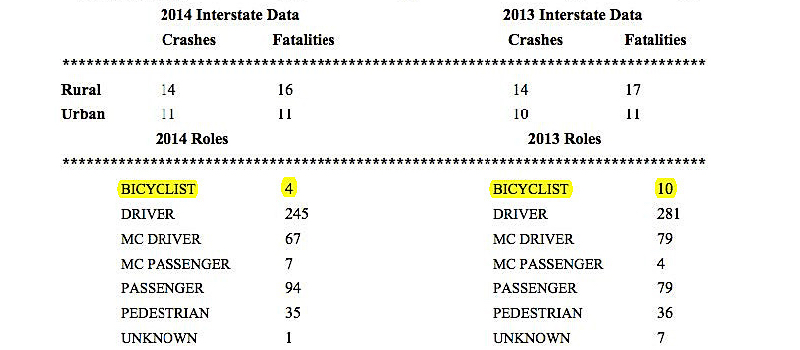
This is from the “Weekly Fatal Report” I get via email from the Wisconsin Dept. of Transportation. Not the cheeriest of subject lines in my inbox, but it’s important to track accidents to try to reduce the chances of them reoccurring.
At this same time last year 10 people were killed riding bicycles in Wisconsin. and we finished the year with the same number. With more and more people pedaling into the winter, it remains possible to have another fatal crash before this year ends, but it is unlikely (knock on wood).
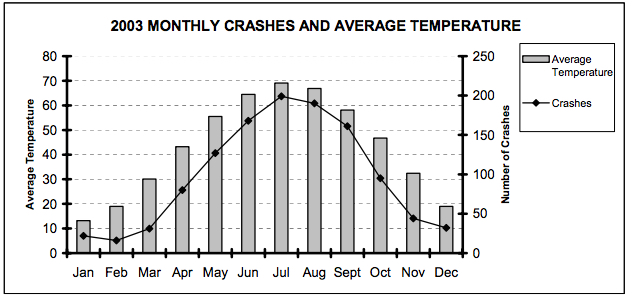
We typically have fewer than 50 crashes in December and generally no fatalities. February is the month with the lowest number of crashes, which is not surprising given it is generally our coldest month. source: Wisconsin Bicycle Crash Analysis using Crash Typing
As you can see by the chart below, since 1990, the overall crash rate in Wisconsin has gone down significantly, despite the fact that bicycle commuting use in urban areas is way up. If we assume a relatively constant recreational use in rural and suburban areas (as our WDNR SCORP numbers suggest), that means actual crash rate has gone down even more.
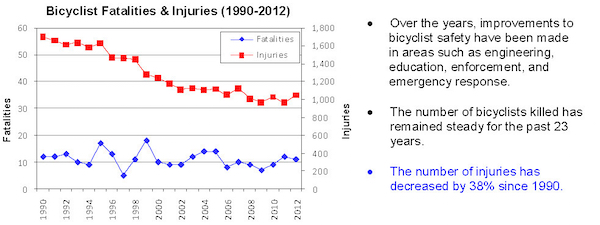
The number of crashes has been on the decline for years, even as the number of people commuting by bicycle increases. The fatal crash numbers are so small, that the variations from year to year are probably statistically insignificant. Of course our goal is to make that number zero.
The number of crashes has been on the decline for years, even as the number of people commuting by bicycle increases. The fatal crash numbers are so small, that the variations from year to year are probably statistically insignificant. Of course our goal is to make that number zero.
Despite the poorly reporting in the Governor’s Highway Safety Report, which made recent national headlines for drawing erroneous conclusions from some incomplete data, bicycling is getting dramatically safer across the nation. The GHSA’s Spotlight on Highway Safety: Bicyclist Safety notes that yearly bicyclist deaths increased 16 percent between 2010 and 2012, while overall motor vehicle fatalities increased just one percent during the same time period, but it failed to compare crash numbers to the increase in people riding. Once you factor in the growth in riders, the actual fatal crash rate is way down nationally, just as it is here in Wisconsin.
Of course even one person killed riding a bicycle is one too many. Our two biggest programs at the Bike Fed are Share and Be Aware and Safe Routes to School, and both those programs will become a bigger part of our budget for 2015. Share and Be Aware is a statewide safety program that combines one-on-one outreach at events and adult safety classes with an encouragement campaign to get people walking, bicycling and driving motor vehicles to obey the rules of the road and take greater care in higher risk situations. Every year, the Bike Fed’s Safe Routes to School program teaches thousands of kids how to walk and bike legally and safely.

One of the Share & Be Aware billboards we designed, this one sponsored by Wheel and Sprocket. – See more at: http://wisconsinbikefed.org/2014/12/02/fatal-crashes-down-in-2014/#sthash.tWa2G9dA.dpuf
Over the years we have been running those two core safety programs, we have reached millions of people through our promotional efforts like PSAs and billboards, and we have personally reached tens of thousands of adults and children. We are proud of those efforts and are always looking for ways to expand them. If you would like us to work on traffic safety issues in your community, contact Jessica Binder in our Milwaukee office to see how our team of Share and Be Aware from around the state can help. If you are interested in a Safe Routes to School program for you child’s school or your community, contact Jake Newborn, also in our Milwaukee office.
You can view videos of the public service announcements on the Bike Fed YouTube Channel by clicking here. The radio spots are basically just the sound from the videos. Below is a sample.
We have other PSAs that address walking, bicycling and driving. We also printed half a dozen different two-page safety brochures that we can give you for free to distribute in your community, school, or if you are organizing a group or charity ride. Again, just contact Jessica Binder in our Milwaukee office to find out more about those free brochures.
When walking, cars are required to yield the right of way as soon as you enter a crosswalk, but you cannot enter the road suddenly if motor vehicle traffic does not have time to stop. A general rule of thumb in urban areas with 25mph-30mph posted speed limits is that you can safely enter a crosswalk if traffic is half a city block away. There remains a lot of confusion about crosswalks among pedestrians and drivers, so we wrote this recent blog post, which includes more information about the diagram below.
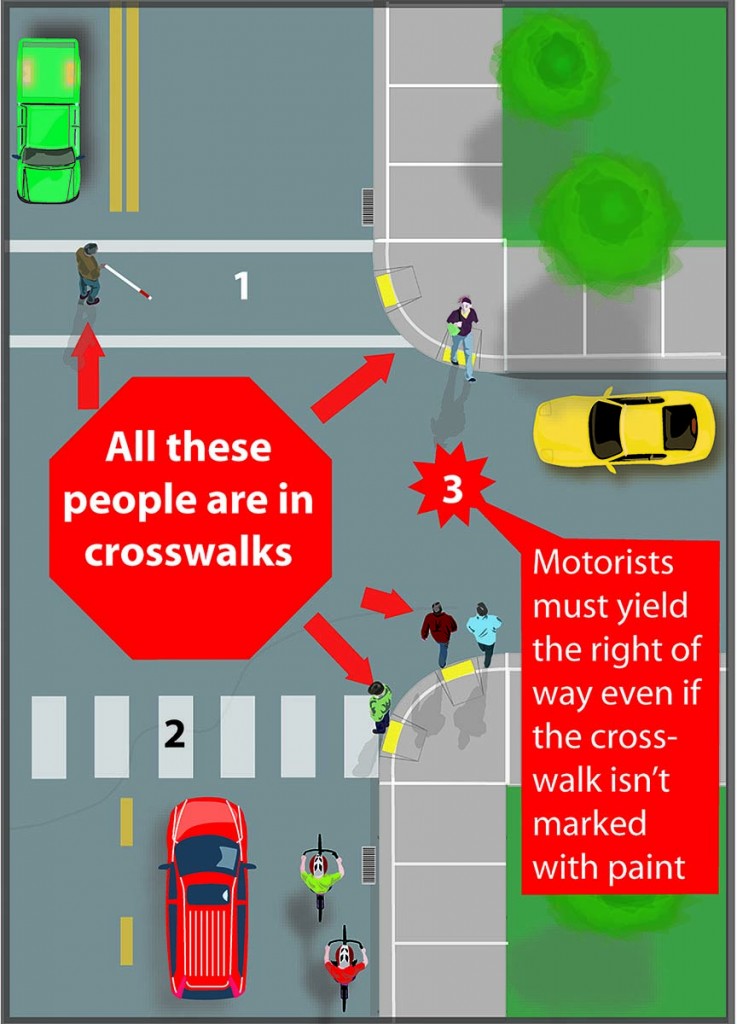
Some crosswalks are marked and others are not. Some have right-of-way controls, like stop signs or traffic signals, others have none.
All-in-all, we have a lot to be thankful for this year when it comes to bicycle safety. Let’s all do our part to ring in the New Year with one of the safest years for bicycling in Wisconsin history.
This story was originally published by the Bicycle Federation of Wisconsin.
Bike Czar
-
Join a Bike Ride Under the Polish Moon
 Jun 1st, 2018 by Dave Schlabowske
Jun 1st, 2018 by Dave Schlabowske
-
9 Reasons to Join National Bike Challenge
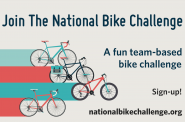 May 4th, 2018 by Dave Schlabowske
May 4th, 2018 by Dave Schlabowske
-
Biking Through the Mindoro Cut
 Apr 27th, 2018 by Dave Schlabowske
Apr 27th, 2018 by Dave Schlabowske


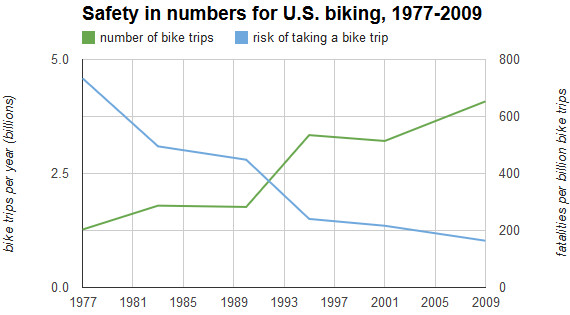
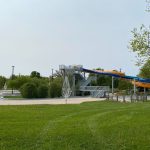














Dave, how do they get an accurate count of bicycle crashes? I know of several car-bicycle crashes that occurred but never reported… do they have a way to estimate these? Just curious, thanks!
Most bike car crashes are not reported especially the open door ones.
I ride almost every day year around and encourage people to ride. Sheboygan showed that lots of money spent does not do much to encourage riders. Until we see lots of bikes at garde schools again, nothing much will change.
How long are the cities going to want to spend maintenance on bike lanes like in Tosa where the lines are already half off.
The places that they are encouraging riders to go is crazy in Tosa. I ride all over Tosa and never venture down those streets except on sidewalks. Glad that fatalities are down, I have lost 4 people in crashes.
Luckily it’s way too soon to draw conclusions on the effectiveness of increasing bike riding in Sheboygan since a markaeting campaign only recently was implemented. Also, the other benefits have been very impressive, including major improvements in safety and health.
Okay, I’ll bite. PMD, if it’s too soon to draw conclusions regarding increased bike riding, how is it clear that there have been major improvements in health? No conclusive increase in riding would suggest that there’s no conclusive improvement in health.
As I clearly stated Kyle, a marketing plan to increase ridership was only recently implemented. However, improvements in safety and healthy have already been noted. I’ve posted links in other related stories here, which WCD just ignores because they go against his talking points.
OK so the improvements in safety and health in Sheboygan County are:
-A substantial increase in walking between 2009 and 2013
-completion of NTPP- and municipal-funded bicycle and pedestrian projects in 2013, which now provide better accessibility, safety, and visibility for bicycle users
See here for more: http://www.fhwa.dot.gov/environment/bicycle_pedestrian/ntpp/2014_report/page03.cfm#Toc386019765
Finally, a high-profile, 3-mile multiuse path won’t be completed until 2015, and, as the report notes, “Beginning in 2014, the county is partnering with the Chamber of Commerce to invest more directly and heavily in touting the benefits of nonmotorized transportation to both its residents and visitors.” So I’d say the jury is out on whether or not there’s an increase in bike riding, but either way, there have been other notable benefits.
So why did walking increase “substantially” without a marketing push? For those who don’t read the source material, a substantial increase is from 80 people annually in 2007 to 148 people in 2013. Biking decreased from 66 to 65 in the same period, but admittedly was in the 70s all the years in between. For a net improvement in the lives of 67 people. I looked all over the place for a notation that this data was really in the hundreds or thousands, but didn’t find it.
I’m not even going to dispute that these 213 people in the whole county (assuming no one both walks and bikes) are safer too. The point I was trying to make is that if 6 years of data isn’t enough to determine the outcome for one mode of transportation, there’s no reason to believe a nearly identical sample for a different mode is conclusive. Either it’s enough time or it’s not (even if the numbers are a little embarassing to admit).
That’s fair Kyle. So it’s not conclusive, but at this point there has been an improvement in safety and health. Is that better? Or is there another nitpick?